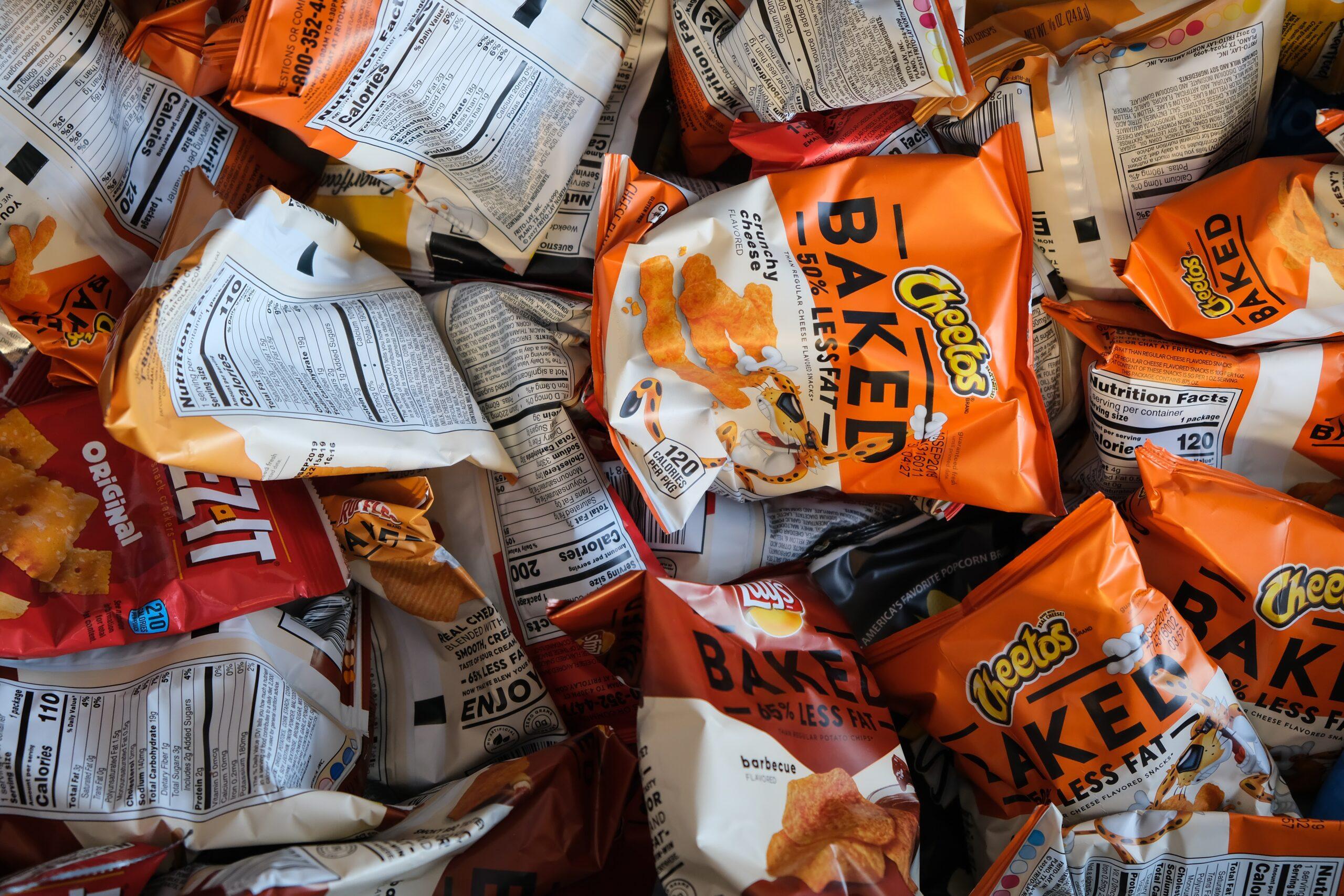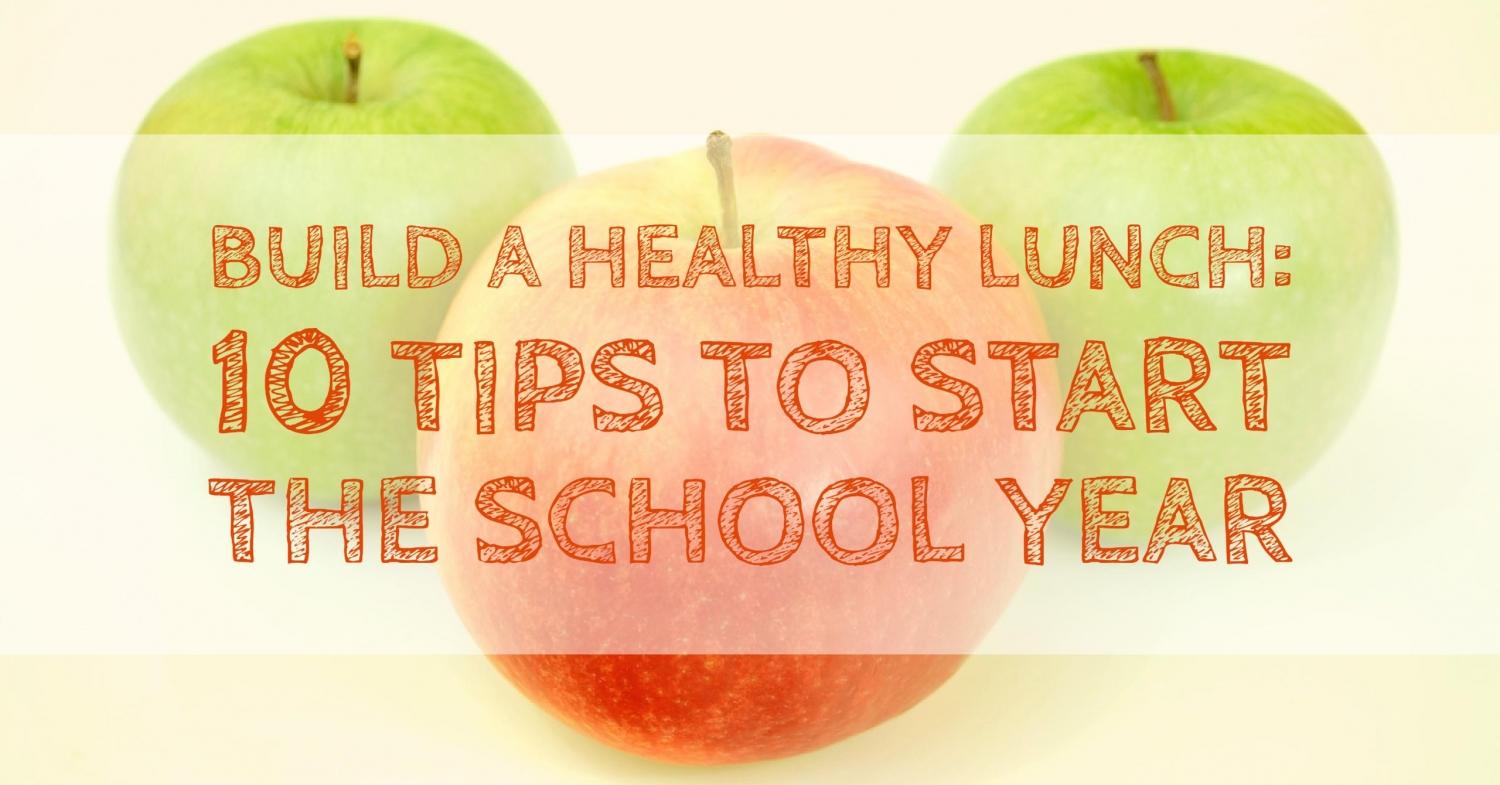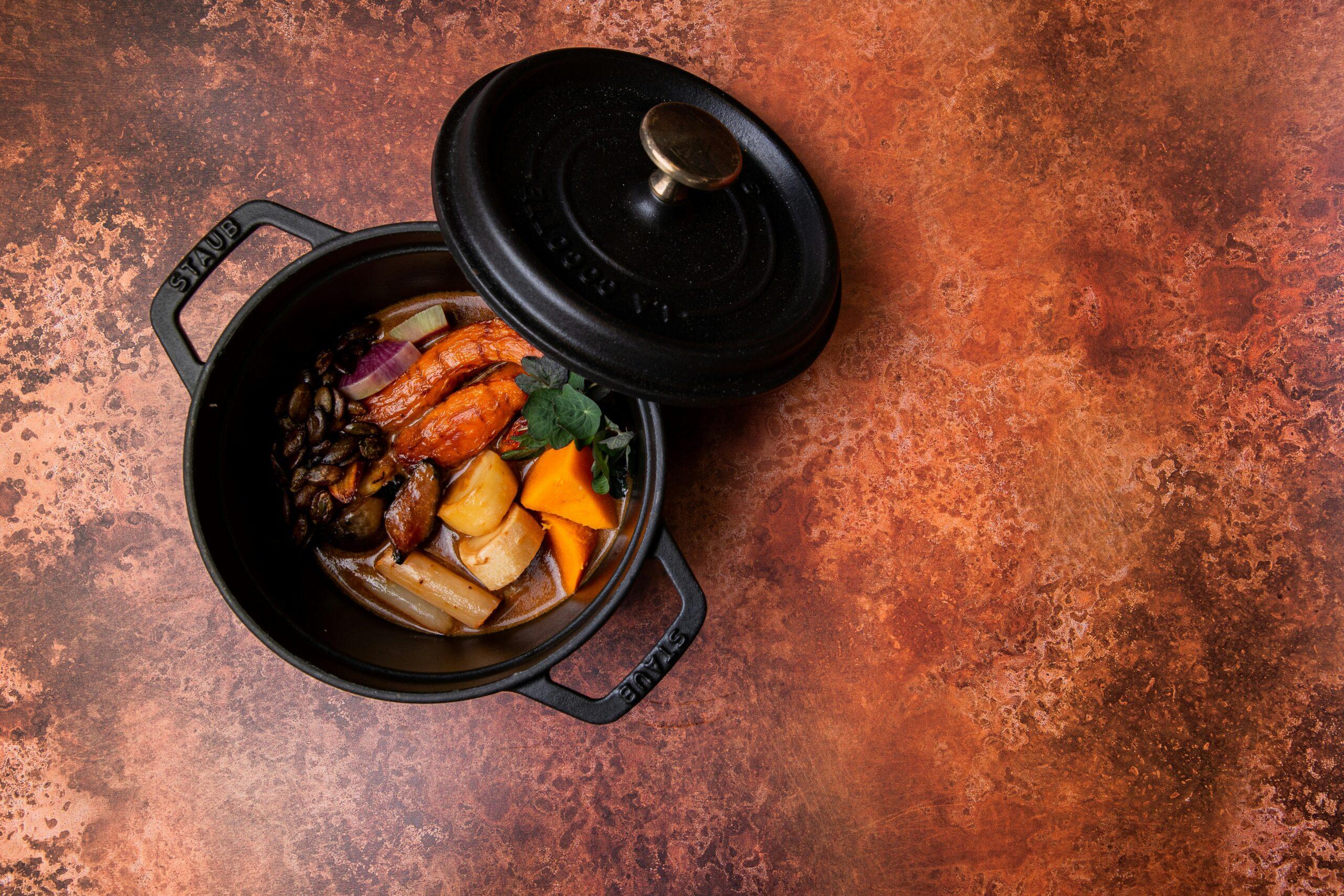Cupcakes piled high with pink frosting, bags of candy, cookies in every shape, bowls of potato chips, cakes of every kind. Such nutritionally empty fare helps set the stage at countless celebrations and parties attended by children.
While festivities are wonderful, they can be challenging for parents who work hard to ensure their children eat healthily. If you’re one of these parents, you’re right to be concerned! Celebrations endure all year— from New Year’s Day and Halloween through the December holidays, to indoor birthday parties and outdoor summer barbecues.
Food in Our Lives
Celebrations involving food are an important part of almost every culture. We shouldn’t deprive our children of the special traditions of food-related festivities, such as having Thanksgiving with all the fixings and serving cake at birthdays. However, obesity rates continue to soar. Likewise, perhaps it’s time to ask, how can we maintain the celebratory aspects of food throughout the year, yet let go of traditions that prompt our kids (and ourselves) to eat too much— especially of what I call the four Cs: cookies, candy, chips and cake?
Even parents of slim children are rightly concerned about special occasions. No parent wants a child over-indulging on sugar, fats, and artificial colors and flavors. But it’s tough when overindulgence seems to be the name of the game.
Keeping it Balanced
We can begin incorporating health into celebrations by setting limits— by not feeling the need to say yes every time a child asks for one of the four Cs or for a second (or third) helping. It’s fine to say no once in a while. It’s especially fine to say no if your child has already had his or her share of sweets and treats for the day.
Recognize, however, that celebrations are different from regular days of the year. This means you shouldn’t expect your children to be perfectly healthy when it comes to celebratory eating, no matter how hard you try. School parties, festive gatherings with friends and get-togethers with family members tempt even the healthiest eaters— adults as well as kids. If you say no to your child whenever he or she asks for a treat or second helping of something delicious, you will be saying no a lot. What’s more, your child will likely become frustrated, be apt to sneak forbidden food, gorge on junk food when you’re not around and fib to you to avoid getting in trouble.
Your goal is to resist setting up this kind of negative relationship with your child. The way to do so is by saying yes sometimes. Yet, before you say yes, employ these eight simple strategies to help keep your family healthy despite whatever special occasion pops up on the calendar.
Before each party or celebratory meal, make a plan with your child
For example, you may agree to one slice of pizza, one cup of soda and a piece of cake. It’s all right to negotiate a slightly different deal with each of your children, giving each child a feeling of control. Perhaps one child would prefer to trade the cup of soda for water or seltzer and have two pieces of cake instead. This type of negotiation is particularly important for older children and teens, who will not be happy about you telling them what to eat.
If you know your family is going to a party with limited healthy choices, feed your child a large healthy snack or a small meal right before the party
If your child is not starving, he or she will be less likely to binge on junk food at the party and more open to your rules. For teens, especially those motivated to eat healthy, suggest a nutritious meal before attending a party with friends. Teen parties rarely have healthy food. Volunteer to help prepare a well-balanced snack or meal for your tween or teen.
Control serving sizes at parties
Do this by serving food, snacks, cake, cookies and drinks on smaller plates and bowls and in shorter glasses. Research shows that both children and adults eat less food this way. Try it yourself! Educate preteens and teens about this research. Many older kids are fascinated by research and will try it out just to see if it works. And it does.
At celebratory meals, encourage your child to choose a balanced meal that includes protein and vegetables, rather than focusing solely on carbohydrates
When children are left to create their own meals, namely at buffets, they rarely choose healthy options. Ask teens if they want your help. And instead of forcing your choices on adolescents, put healthy choices on your plate— your teen may glance stealthily at your plate for guidance.
Don’t succumb to nagging
Once you’ve said no to a second helping or snack, stick to it. But, set limits carefully, meaning don’t say no unless you mean it.
Always volunteer to bring a relatively healthy but fun snack or dish that your kids love
This way you know your children will be inclined to sample at least one healthy culinary item. Though ideas vary depending upon your children’s tastes, a few examples of dishes to bring are veggies and low-fat ranch dressing, oven-baked chicken nuggets, ice-pops or Italian ices and low-fat oatmeal cookies. If you have a teenager who likes to cook, motivate him or her to prepare food for a party. A bonus: Kids are likely to eat food they’ve prepared.
Throughout the year, try to maintain healthy meals as often as possible
Serve low-fat proteins, like poultry, fish, eggs, tofu and beans, and low-fat dairy options as well as all the fruit and vegetables your child fancies. Do your best to avoid fast-food meals, even though busy schedules make them tempting. If your family needs to eat on the run, stop at the deli for sandwiches made with lean meat on whole grain bread, rather than at fast-food restaurants.
Keep your family physically active throughout the year
This will go a long way to counter the overindulging that is impossible to avoid at many parties and celebrations. Your teenager will be happy to know that walking around the mall counts as exercise as long as he or she doesn’t stop at every store— or food concession stand— along the way. It’s also important not to over-schedule your children and yourself with activities. Leave time for family walks and bike rides. The exercise is important, and group fitness allows families to spend quality time together.





